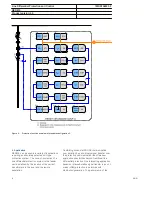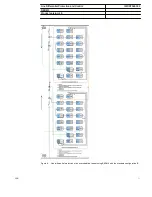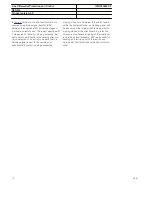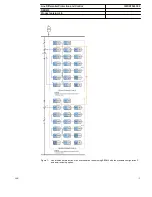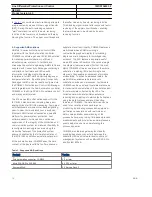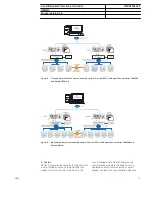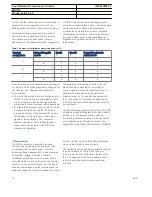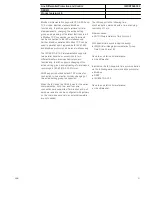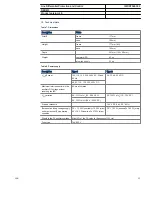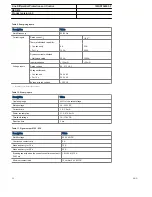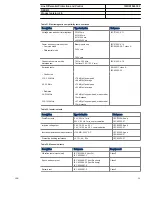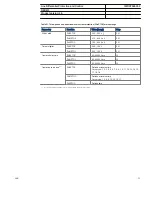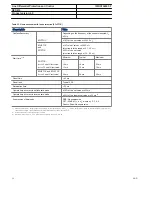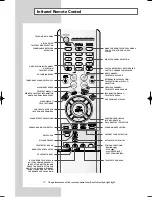
Modbus implementation supports RTU, ASCII and
TCP modes. Besides standard Modbus
functionality, the IED supports retrieval of time-
stamped events, changing the active setting
group and uploading of the latest fault records. If
a Modbus TCP connection is used, five clients
can be connected to the IED simultaneously.
Further, Modbus serial and Modbus TCP can be
used in parallel, and if required both IEC 61850
and Modbus protocols can be run simultaneously.
The IEC 60870-5-103 implementation supports
two parallel serial bus connections to two
different masters. Besides basic standard
functionality, the IED supports changing of the
active setting group and uploading of disturbance
recordings in IEC 60870-5-103 format.
DNP3 supports both serial and TCP modes for
connection to one master. Further, changing of
the active setting group is supported.
When the IED uses the RS-485 bus for the serial
communication, both two- and four wire
connections are supported. Termination and pull-
up/down resistors can be configured with jumpers
on the communication card so external resistors
are not needed.
The IED supports the following time
synchronization methods with a time-stamping
resolution of 1 ms:
Ethernet-based:
• SNTP (Simple Network Time Protocol)
With special time synchronization wiring:
• IRIG-B (Inter-Range Instrumentation Group -
Time Code Format B)
Remote-end station time reference:
• Line differential
In addition, the IED supports time synchronization
via the following serial communication protocols:
• Modbus
• DNP3
• IEC 60870-5-103
Remote-end station time reference:
• Line differential
Line Differential Protection and Control
1MRS756500 F
RED615
Product version: 4.0
ABB
21
Summary of Contents for RED615 ANSI
Page 1: ...Relion 615 series Line Differential Protection and Control RED615 Product Guide...
Page 64: ...64...
Page 65: ......
Page 66: ......
Page 67: ......


